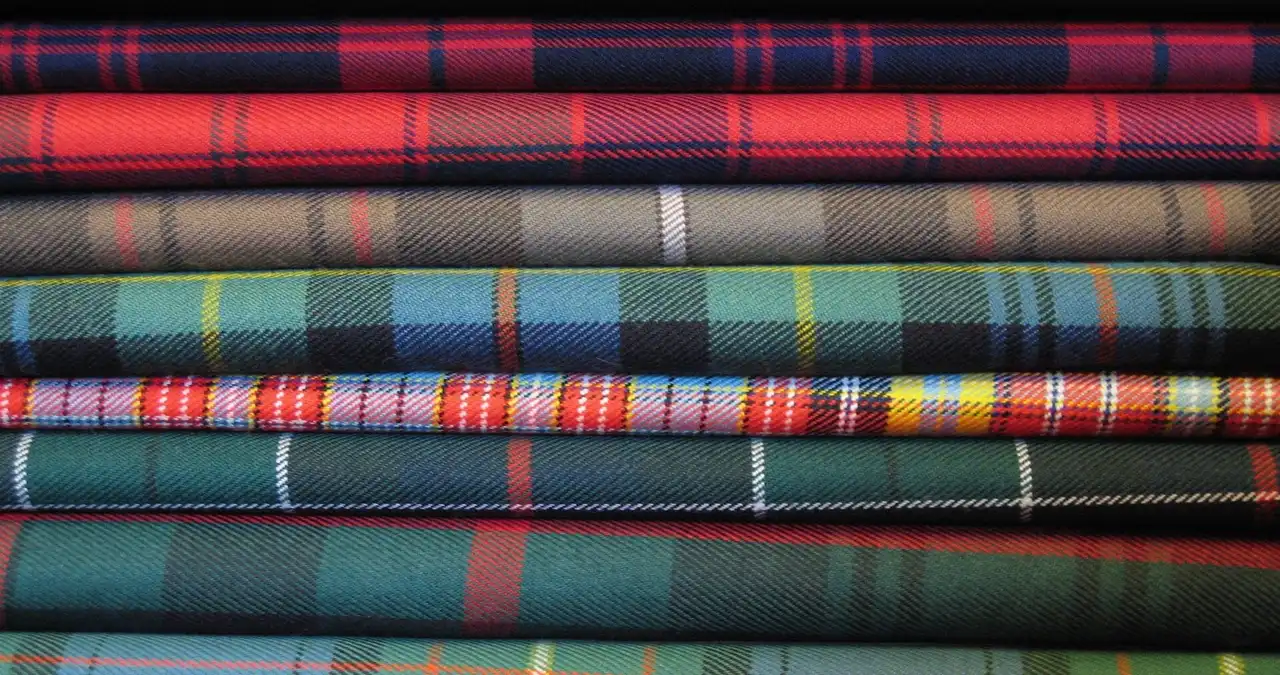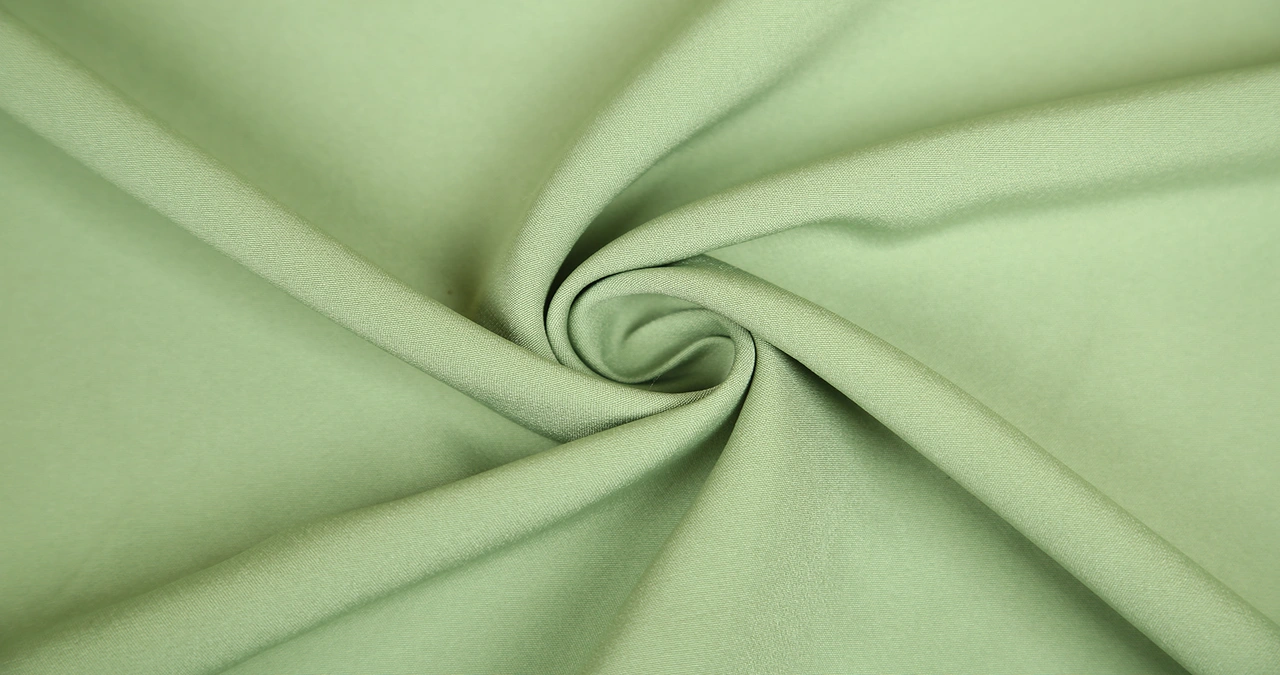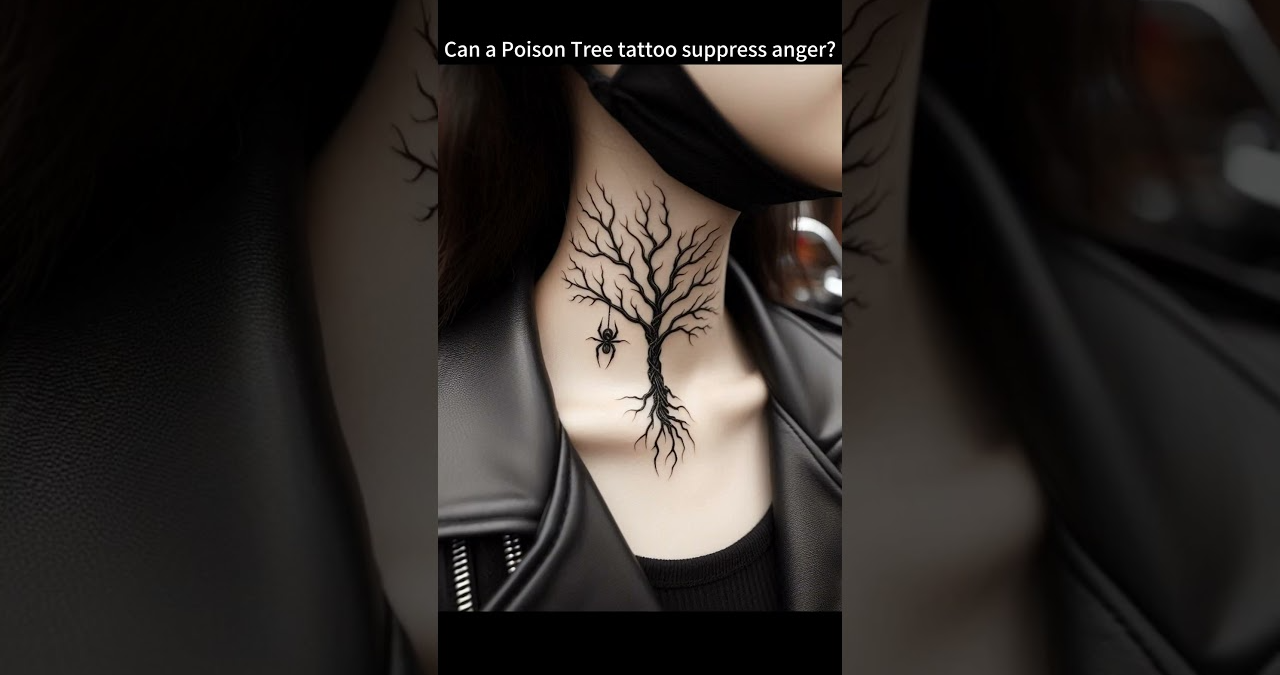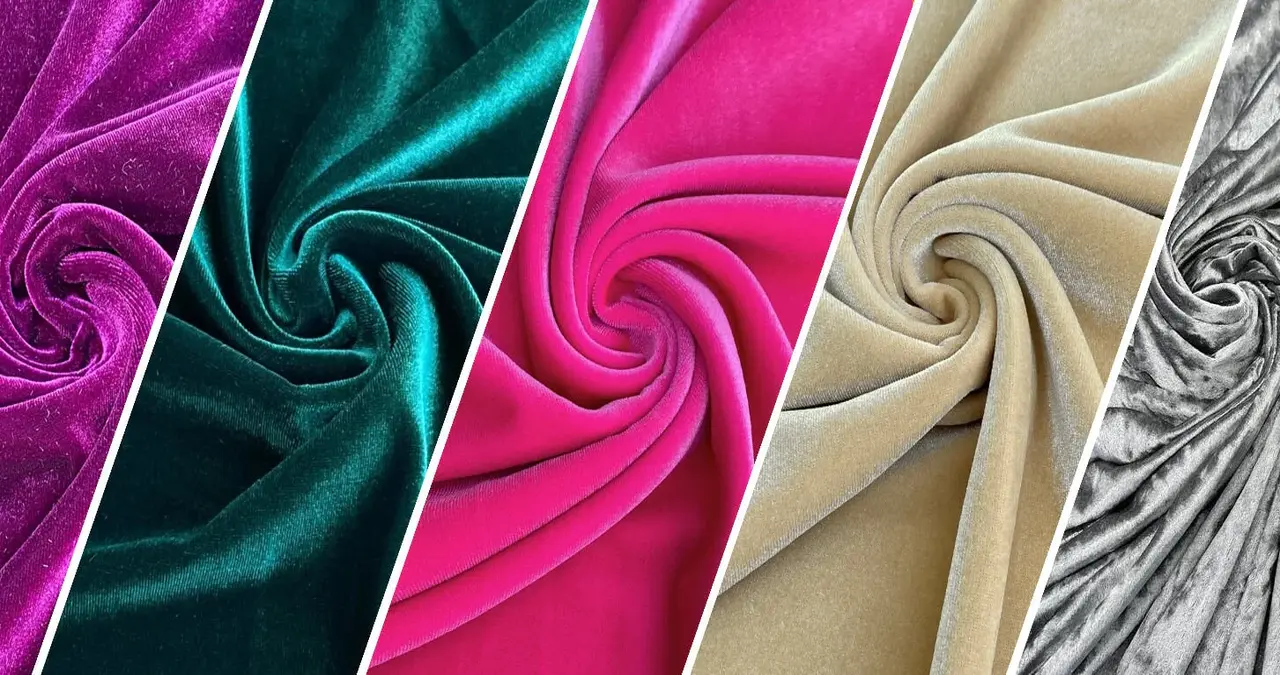Flannel fabric offers warmth, style, and comfort. Learn everything about this cozy textile, from types and history to uses and care, in this expert guide.
What is Flannel Fabric?
Flannel fabric is one of those textiles that instantly brings to mind cozy vibes, soft textures, and cooler weather. Whether you’ve bundled up in a flannel shirt on a crisp autumn day or snuggled under a flannel blanket on a chilly night, you know the comfort it delivers. Flannel is a soft woven fabric, traditionally made from wool, but now commonly made from cotton, synthetic fibers, or blends. Its defining feature is its brushed texture, which gives it that fuzzy, warm feel.
It’s interesting to note that flannel isn’t just a fabric; it’s a lifestyle for many. People love it for its practicality and timeless aesthetic. Over the years, flannel fabric has evolved from a utility textile into a stylish and widely-used material across the fashion, home decor, and outdoor gear industries.
The History of Flannel Fabric
Flannel fabric has a rich and diverse history that dates back several centuries. It’s believed to have originated in Wales during the 17th century. Back then, it was made from carded wool and used as a warm material for farmers and laborers who worked in cold, damp conditions. The brushed surface was key to keeping warmth close to the body.
By the 19th century, flannel became popular in other parts of Europe, especially in France and Germany, and then made its way to the United States. It was used extensively during wartime for uniforms because of its warmth and durability. Today, flannel fabric continues to be associated with heritage, durability, and comfort, reflecting its deep roots in both workwear and high fashion.
Characteristics of Flannel Fabric
One of the most beloved traits of flannel fabric is its soft, brushed finish. This texture is achieved through a process called napping, where the fabric is passed through fine metal brushes to raise the fibers. This not only gives flannel its signature fuzzy feel but also enhances its insulating properties.
Flannel fabric is also breathable, which means it traps warmth without causing overheating. This makes it ideal for layering in clothing or for bedding that’s warm yet comfortable. It’s often woven in a twill or plain weave, and although classic flannel comes in plaids or checks, it’s also available in solids and other patterns.
Types of Flannel Fabric

There are several types of flannel fabric, each with unique properties and uses. Cotton flannel is incredibly popular and is often used in pajamas, shirts, and bedsheets. It’s soft, lightweight, and easy to care for. Wool flannel, on the other hand, is heavier and more insulating, making it perfect for cold weather clothing.
Synthetic flannel is made from polyester or other artificial fibers. While not as breathable as natural flannel, it’s often more durable and wrinkle-resistant. Blended flannel combines the best of both worlds, offering comfort, durability, and easy maintenance. Each type of flannel fabric serves a different purpose, making it one of the most versatile textiles available.
Common Uses of Flannel Fabric
Flannel fabric is a staple in many households and wardrobes. In fashion, it’s used for shirts, jackets, and loungewear. Flannel shirts, often associated with the grunge era and outdoor lifestyles, remain a classic piece that never goes out of style. They’re perfect for layering and bring a rugged yet cozy vibe to any outfit.
In home decor, flannel is popular for blankets, bed sheets, and pillowcases. Its softness makes it ideal for bedding during the colder months. You’ll also find flannel in baby clothes and cloth diapers, thanks to its gentle texture and breathability. The fabric’s versatility makes it a go-to for both fashion and function.
How Flannel Fabric is Made
The process of making flannel fabric begins with selecting the right fibers—typically cotton, wool, or synthetics. Once spun into yarn, the threads are woven into fabric, usually using a plain or twill weave. After weaving, the fabric goes through a napping process where it is brushed to raise the surface fibers, creating that soft, fuzzy feel.
Some flannel fabrics are brushed on one side only, while others are brushed on both sides for extra softness. The final step often involves dyeing or printing patterns onto the fabric, especially the popular plaid designs. Quality control ensures that the texture, durability, and appearance meet standards, resulting in a fabric that’s ready for various applications.
Benefits of Flannel Fabric
Flannel fabric is beloved for many reasons. First and foremost, it’s incredibly comfortable. The brushed surface feels gentle against the skin, making it a favorite for sleepwear and bedding. Its insulating properties also mean you stay warm without needing heavy layers.
Another major benefit is its breathability. Unlike some synthetic fabrics that trap heat and moisture, flannel allows your skin to breathe, reducing the chances of overheating. It’s also a durable material that stands up to wear and tear, especially when properly cared for. Whether you’re hitting the outdoors or lounging at home, flannel fabric has got you covered.
Caring for Flannel Fabric
Proper care is essential to maintain the softness and longevity of flannel fabric. Washing in cold or warm water on a gentle cycle is usually recommended. Avoid using harsh detergents or bleach, as they can degrade the fibers. Tumble drying on low heat helps preserve the fabric’s texture.
It’s also a good idea to avoid excessive ironing, as flannel can scorch easily. If you do need to iron, use a low setting and a pressing cloth. Storing flannel items in a cool, dry place helps prevent mildew and maintains their softness. With the right care, your flannel pieces can last for many years.
Flannel Fabric in Fashion
Flannel fabric has cemented its place in the fashion world. From iconic red plaid flannel shirts to chic, modern flannel suits, designers have embraced the fabric for its comfort and aesthetic appeal. It’s a popular choice for fall and winter collections due to its warmth and texture.
Streetwear and casual fashion have especially embraced flannel. Oversized flannel shirts paired with jeans or leggings create a relaxed, effortless look. It’s also common to see flannel used in dresses, skirts, and even accessories like scarves and hats. The fabric’s adaptability makes it a staple in fashion-forward wardrobes.
Environmental Impact of Flannel Fabric
When it comes to sustainability, flannel fabric can be a responsible choice—especially if it’s made from organic cotton or recycled fibers. Organic flannel uses fewer pesticides and water, making it an eco-friendlier option. Some manufacturers are also exploring plant-based dyes and sustainable production methods.
However, synthetic flannel can have a greater environmental footprint due to its reliance on petroleum-based materials. Always check labels and opt for eco-conscious brands when possible. By choosing high-quality flannel and caring for it properly, you can reduce waste and make a more sustainable fashion choice.
Comparing Flannel to Other Fabrics
It’s helpful to understand how flannel fabric stacks up against other materials. For example, fleece is another warm fabric often used in winter clothing, but it lacks the breathability of flannel. Cotton is breathable but doesn’t provide the same level of warmth. Wool is warm like flannel but can be itchy and more difficult to care for.
Flannel strikes a balance between warmth, softness, and breathability, which makes it ideal for many uses. It’s also less prone to static than synthetic fabrics, making it more comfortable in dry climates. These qualities give flannel a unique position among textiles, making it a favorite for many consumers.
Fun Facts About Flannel Fabric

Did you know the word “flannel” comes from the Welsh word “gwlanen,” which means woolen article? Or that flannel was once worn exclusively by farmers and laborers before it became a fashion statement? These little tidbits make the fabric even more fascinating.
Another fun fact: flannel saw a huge surge in popularity during the 1990s, thanks to the grunge music scene. Bands like Nirvana made flannel shirts part of their signature look, helping the fabric transcend its workwear roots. Today, flannel continues to evolve, appearing on runways and in high-end collections.
Table: Types of Flannel Fabric and Their Uses
| Type of Flannel | Material | Common Uses |
|---|---|---|
| Cotton Flannel | Cotton | Shirts, pajamas, bedsheets |
| Wool Flannel | Wool | Suits, coats, winter gear |
| Synthetic Flannel | Polyester | Affordable clothing, crafts |
| Blended Flannel | Cotton & Poly | Versatile, easy-care items |
| Organic Flannel | Organic Cotton | Eco-friendly fashion |
Expert Quote on Flannel Fabric
“Flannel is more than just a fabric—it’s a feeling. Its soft texture and dependable warmth make it a perennial favorite for both designers and consumers.” – Textile Expert, Dana L.
Frequently Asked Questions (FAQs)
Q: What is flannel fabric made of?
A: Flannel fabric can be made from cotton, wool, synthetic fibers, or blends. Each type offers different textures, levels of warmth, and care requirements.
Q: Is flannel good for summer?
A: Flannel is generally better suited for cooler weather, but lightweight cotton flannel can be used in air-conditioned spaces or for layering during summer nights.
Q: How do you wash flannel fabric?
A: Use cold or warm water on a gentle cycle. Avoid bleach and high heat. Tumble dry on low or hang dry to preserve softness.
Q: Does flannel shrink?
A: Yes, flannel can shrink if washed in hot water or dried on high heat. Always follow care instructions to minimize shrinkage.
Q: Is flannel eco-friendly?
A: Organic and natural flannels are more eco-friendly than synthetic ones. Look for certifications and sustainable brands for greener choices.
Q: What’s the difference between flannel and fleece?
A: Flannel is a woven fabric with a brushed surface, while fleece is a knit fabric made from synthetic fibers. Flannel is more breathable, fleece is often warmer.
Q: Can flannel be used for quilting?
A: Absolutely! Flannel adds softness and warmth to quilts. It’s especially popular for baby blankets and winter-themed quilts.
Q: Is flannel fabric itchy?
A: Not typically. Cotton and synthetic flannels are very soft. Wool flannel may be itchy for some, but modern blends often solve this issue.
Conclusion: Why Flannel Fabric Remains a Classic
Flannel fabric has stood the test of time for good reason. It combines comfort, style, and practicality in a way that few fabrics can match. From fashion to home goods, its versatility makes it a go-to material for designers and everyday users alike. Whether you’re curled up in a flannel blanket or layering up with a classic flannel shirt, this fabric never lets you down.
There’s something timeless about flannel fabric—a warm hug on a cold day, a reliable favorite in your closet, and a testament to how textiles can blend history, comfort, and modern style.




